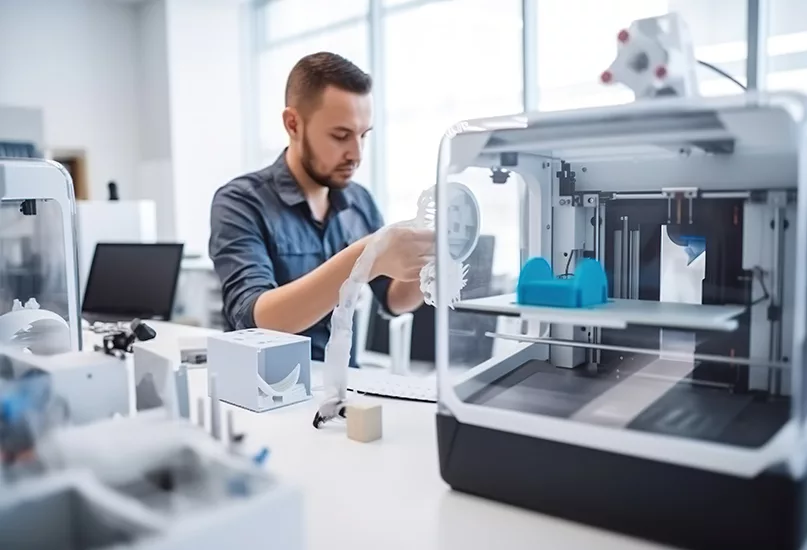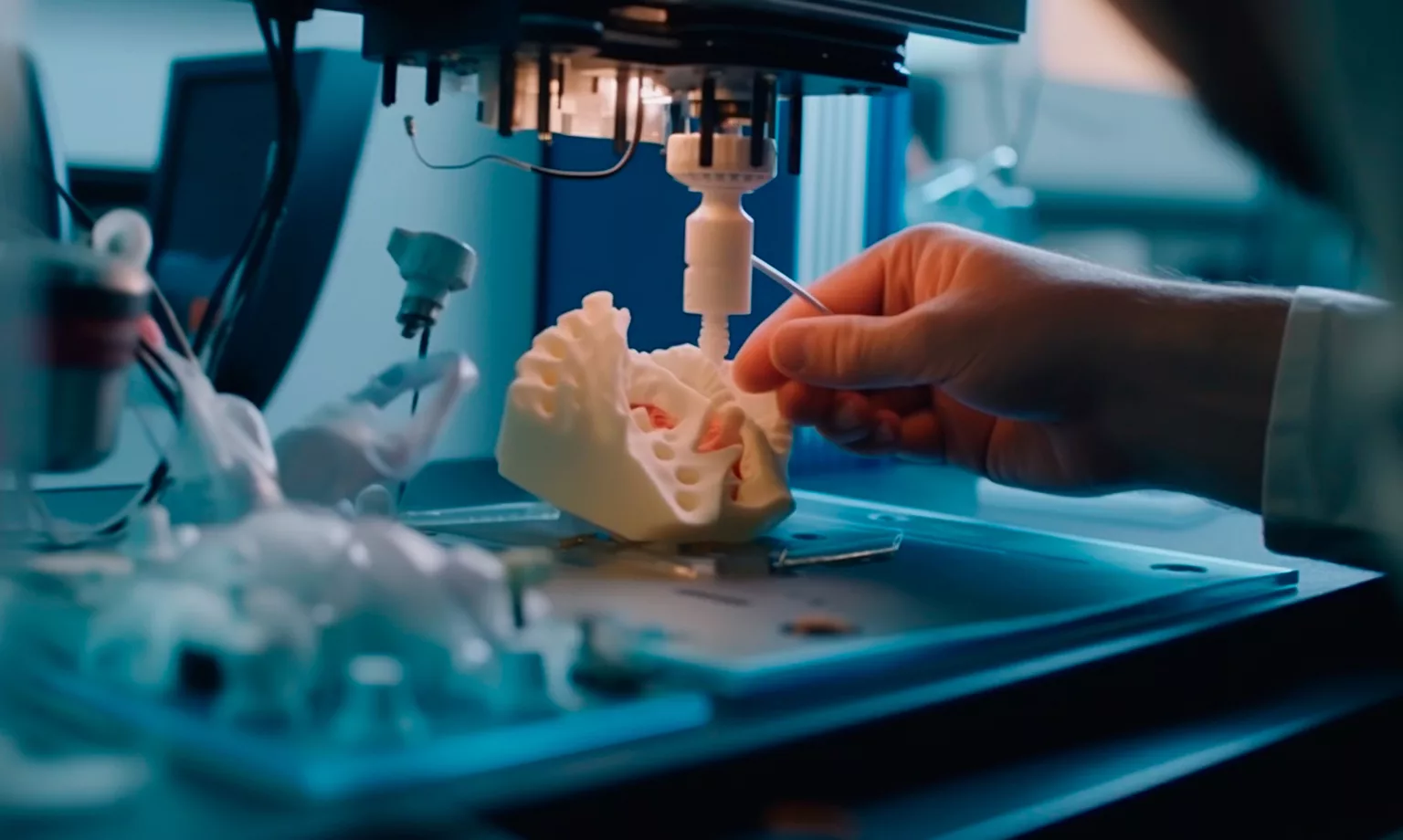We explore the ways in which advances in wearable technology and the innovations of 3D printing are breaking boundaries in the next evolution of veterinary medicine.
As a somewhat unsung hero in the wider healthcare industry, veterinary medicine has remained at the forefront of technological innovation to redefine animal healthcare.
The abundance of technology used in today’s veterinary medicine sector would not be as advanced if it were not for the history of non-invasive surgeries that preceded it. Following the use of arbitrary tools for hundreds of years, the application of X-rays in the early 20th century was groundbreaking for its initial insight into animal anatomy.
This paved the way for the development of preventative medicine, vaccinations, and a greater understanding of animal nutrition.
PRIORITISING ANIMAL WELL-BEING
At its core, the use of non-invasive surgery in veterinary practices ensures that the utmost care is provided to animals whilst undergoing procedures. This has been a key focus since the first use of the ultrasound, an early non-invasive surgery developed in the 1940s.
Following the use of this technology to identify an ovine pregnancy in 1966, both ultrasound and X-rays were used more widely in the 1970s. This marked a turning point in the leveraging of non-invasive internal examinations, as it ushered in a new approach to quality care, as well as a greater focus on morals and ethics.
More recently, developments in non-invasive surgeries have evolved into wearable technologies that avoid harming animals.
Initially, wearable devices were used to simply track an animal’s location. Later revisions, however, could indicate other biometric data, such as the monitoring of temperature, pulse, and respiration, to name just a few. This paints a greater picture of an animal’s holistic health, significantly highlighting any potential concerns.
Today, the specialised wearable technology market is growing rapidly in the wider context of veterinary medicine. For instance, devices for microchipping animals have become commonplace for pet owners, as this is quickly becoming a mandatory requirement across the world.
The latest innovations in wearable technology come from the emerging field of animal computer interaction (ACI), making strides in the way veterinarians monitor health.

In the agricultural industry, biosensors and ingestibles, the latest development in ACI, are being utilised for livestock management and health monitoring.
Meanwhile, in the equine sector, a plethora of companies are using biosensors to track the vitals and health of horses, whilst e-textile blankets can cultivate precise data by measuring a horse’s heart rate, temperature, and even sleep pattern.
This is particularly pertinent for equine fitness trackers that provide real-time data for horses’ healthcare.
US-based company, Equine Smartbit, has developed a smart sensor-based technology that collects data via the insertion of an advanced bit placed in the horse’s mouth, making the monitoring of the animal more efficient, comfortable, and non-invasive.
Developed by Chairman and Chief Innovation Officer, Mike Saigh, and President and CEO, Kelly Thurman, the bit technology represents an intersection between veterinary medicine and the equine sector, helping medical professionals monitor high-performance racehorses.
POWER OF 3D PRINTING
Another key innovation of veterinary health is the latest use of 3D printing. At its most basic level, the technology can be used to aid animals who have lost limbs and are in need of detailed prosthetics that can be customised to improve the animal’s mobility and quality of life.
Furthermore, the creation of prosthetics also garners major benefits in the educational sphere for students of veterinary medicine. Pre-produced anatomical models reduce major risks associated with using real body parts and can showcase certain procedures in greater detail.
However, the applications of 3D printing are not limited to the creation of limbs. In 2018, Dr Michelle Oblak from Ontario Veterinary College (OVC) sent shockwaves through the veterinary medicine landscape when she 3D printed a customised section of a skull for a dog that was suffering from a sizeable brain tumour.
Evidently, 3D printing alleviates the difficulties typically associated with complex surgeries, significantly shortening the timeframe and manpower of the procedure.

Additionally, the amalgamation of stem cell technology and 3D printing capabilities can accurately mimic the make-up and structure of certain organs, making strides in the treatment of regenerative disease.
Founded by Bill Oxley in 2015, VET3D has become an industry leader in computer-aided design (CAD). The company plans, designs, and produces 3D-printed surgical guide systems that are specific to each procedure.
The specialised guides are created using 3D data derived from computer tomography (CT). Once the data is inputted into the CAD software, virtual 3D models are created in preparation for surgical interventions.
With the emergence of more advanced wearable technology and artificially produced prosthetics in 3D printing comes even greater ethical considerations when addressing and maintaining animals’ well-being.
In tandem with the wider discussions around the advancements of smart technology, the developments of medical technology are to aid the critical thinking and nuanced nature of animal healthcare, helping bring forth a new era of veterinary medicine.


























